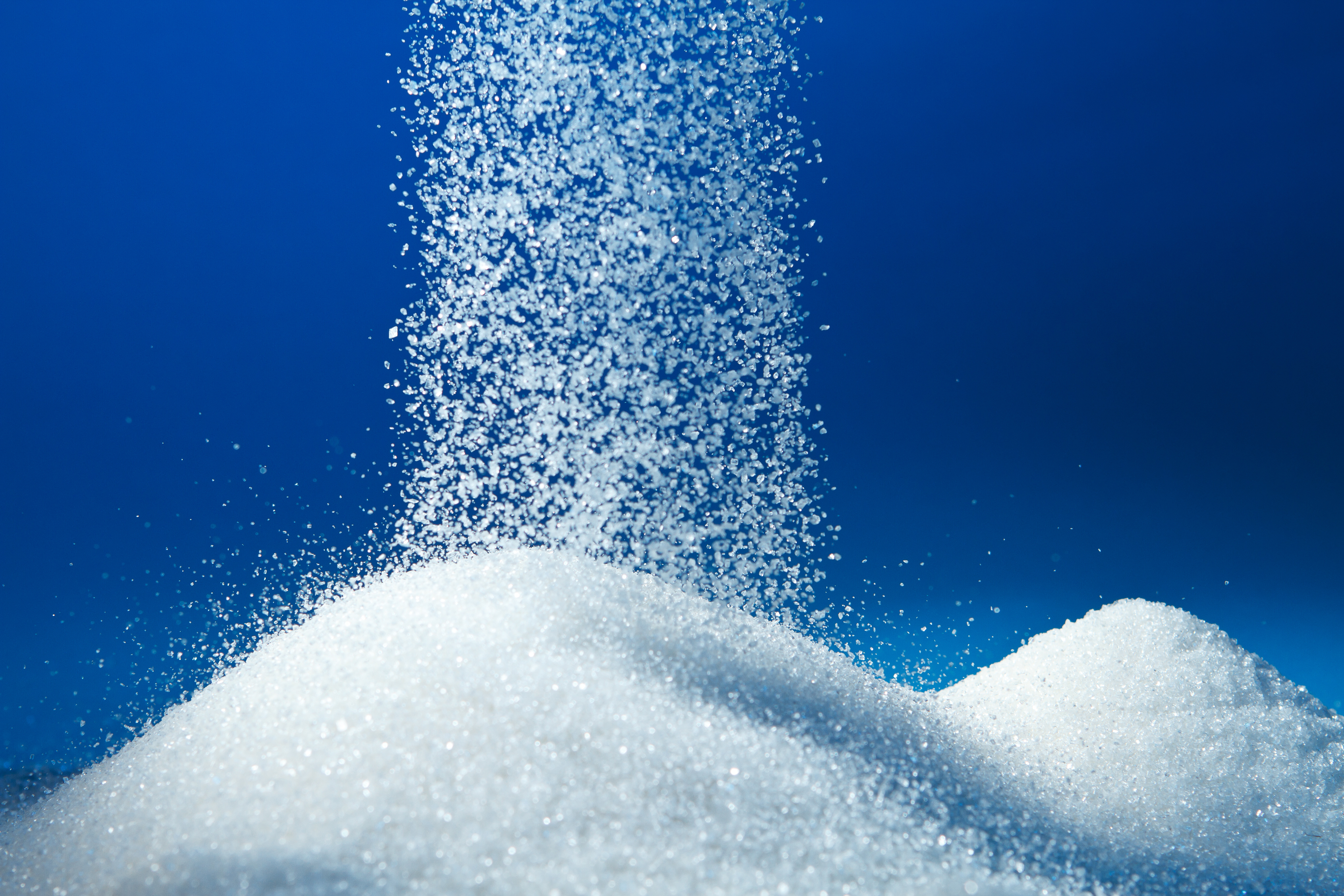Developed by (and named for) French chemist Jean-Antoine-Claude Chaptal, chaptalization is the process of adding sugar to unfermented grape juice to increase the alcohol percentage post-fermentation. The added sugar is consumed by the yeasts and converted into alcohol.
Chaptalization as a process does not increase the sweetness of the finished wines, but instead assists in getting the alcohol percentage to the desired levels in wines from colder regions where it is harder to ripen grapes consistently, naturally.
Legality of chaptalization varies by country and region, but generally speaking, it is illegal in warmer regions like California and Australia since the grapes can ripen well enough on their own. It is however legal in areas like Champagne, Bordeaux, Alsace, Burgundy, and Germany where the climate is cooler and it is harder to get the grapes to ripen properly.
In the early days of chaptalization, producers in certain regions that didn’t chaptalize became enraged at producers in areas who did, believing the people who did practice the process had a competitive edge, and ultimately led to riots and the introduction of laws regarding chaptalization, including maximum amounts of sugars allowed and additional taxes on sugar itself.

